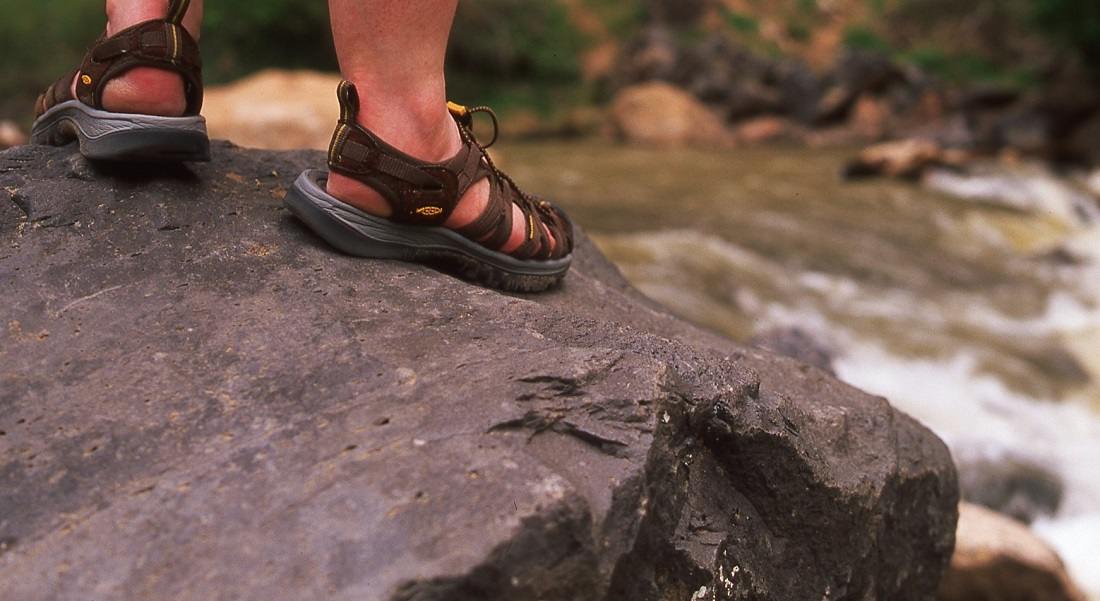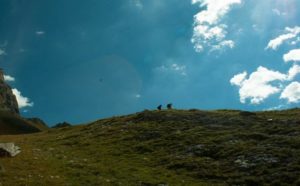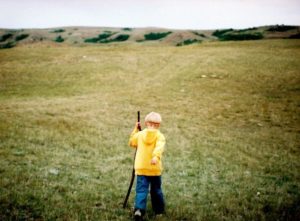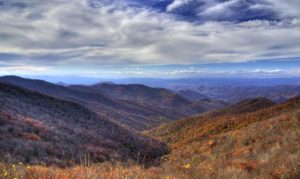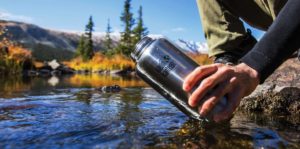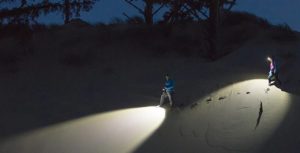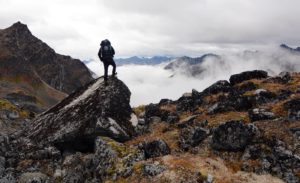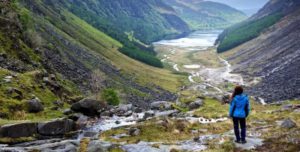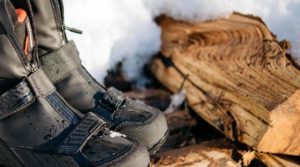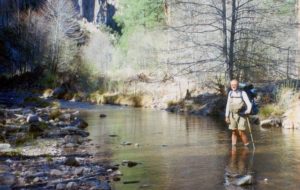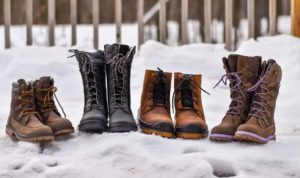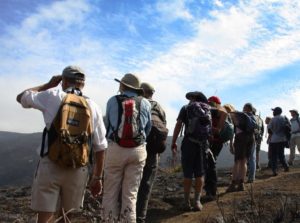What’s the best men’s sandal? With the number of crazy designs coming out seemingly every year, it’s hard to keep tabs on our beloved “mandals,” the utility shoe of the outdoors. From hiking around rivers and waterfalls to blasting down dusty trails, we took the industry’s best eight shoes and put them through the gauntlet, leaving us with busted toes, blisters and bloody knees, all so you don’t have to. Based off of each models stability, traction, comfort, fit and design, and durability, we selected the best products available on the market. Take a look and figure out which model is going to work best for you.
Best Overall Sandals for Men: Teva Terra-Fi Lite
The Teva Terra-Fi Lite is an absolutely exemplary shoe, showing what’s right with shoe design in our era. The shoe boasts best in class traction, best in class for weight, one of the highest rankings for comfort, one of the highest durability rankings, and as an added bonus has a very reasonable list price at $85.
Best Bang for the Buck: Teva Hurricane XLT
The Hurricane XLT is the little brother of the beefier, more elaborate Teva Terra-Fi Lite, is listed at only $60, roughly $40 below our average. Not only is the Hurricane XLT affordable, its value is spectacular by boasting most of the same features as the Teva Terra-Fi Lite, but with a little less padding in the straps, a thinner profile and a different tread pattern. Don’t be mistaken by this shoe’s price; this is a capable, trail-tearing, rock-hopping sandal.
Top Pick for Closed Design: Keen Newport H2
- Comfortable
- Good traction
- Doesn’t hold water
The Keen Newport H2 hit the nail on the head for closed shoe designs for us. While the shoe scored well in comfort and stability, it didn’t win in any category. Yet the shoe’s overall design, attention to detail and solid scores in each category bring it to be a great choice for a closed design. If you are looking for a more streamlined shoe with less volume, check out the Teva Dozer, one of our other favorites.
Top Pick for Support and Problem Feet: Chaco Yampa z2
- Great stability
- Great arch support
- Available in other options and colors
- A bit Heavy
- Initially uncomfortable footbed
We’ve all seen Chacos on people’s feet; maybe even in totally inappropriate times where typical products fall short, such as periods of long standing. While we were a bit perplexed at first with the Chaco Yampa z/2 due to some of its shortcomings (traction and weight being the key), as the shoe broke in we found it to be surprisingly comfortable — not for the cushy footbed or padded straps, but instead for the well-designed shape and contour of the shoe’s footbed. The stamp of approval on the exterior of the box, boasting the approval of the American Podiatrists Medical Association, seems to hold merit. The support and strength of the Chaco design, mixed with its genius footbed profile, leave the shoe unrivaled in terms of support.
Choosing the Best Hiking Sandals for You
Generally, there are two main categories: open design and closed design.
Open Design: Open design shoes, such as the Chaco Yampa or the Teva Terra-Fi, are simplistic designs that resemble a glorified flip-flop. These designs are great for use in the water, light hiking, casual wear and really any sort of adventure that doesn’t get too burly. In addition to being extremely lightweight, this design also dries quicker and are more packable than their closed design counterparts.
Closed Design: Closed designs resemble shoes with vented areas and drainage opportunities throughout, and offer protection similar to a light-hiking shoe. Some of these shoes are even supportive enough to use for light backpacking and heavier hiking, unlike the open design shoes. If this sounds like your ticket, take a look at our award-winning Keen Newport H2.
How We Chose
Combining the scores from each metric, weighted appropriately, the chart below displays the overall scores of each product at the end of our testing period.
Comfort
Obviously, a shoe isn’t going to be great to wear if it’s uncomfortable. With most traditional shoes and boots, there’s a relatively level playing field of comfort. However, with such a wide range of designs and styles, sometimes sandals fall short in the comfort category.
Through our brutalization of these shoes (and consequently, our feet) we found out for you.
On the open design side of things, the Teva Hurricane XLT gave our feet the exact right amount of squish in the sole. The basic webbing design surprised us in how good it feels. Despite a few plastic pieces and hardly any padding on the straps, the shoes almost felt invisible on our feet (also thanks to their ultra-low weight). Teva’s signature strapping and adjustment system gave us total control over the fit, which helped break in this shoe exactly the way we wanted.
Bringing the award home for the closed designs, we grew to love our Keen Newport H2. The shoe keeps a core construction by ditching the shoe-like fabric footbed found in the Keen Arroyo, which helps the shoe stay comfortable even when wet. While there hasn’t been a metric-imperial measurement created yet for the amount of debris let into this type of footwear, this shoe seemed to stay more free of rocks, sticks and other nature trash that could prevent you from having a fun day.
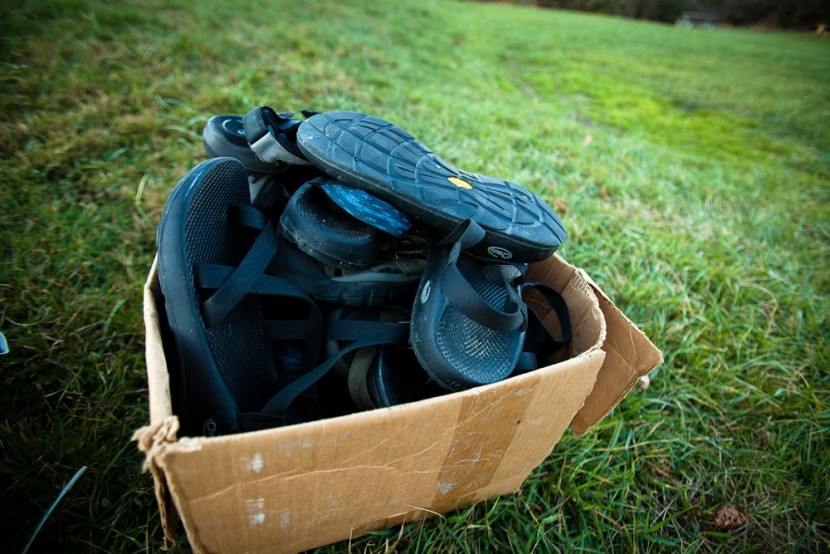
Stability
Thin, spineless designs have plagued less quality models for decades. However, with advances in design and technology over the years, high-quality sandals can provide the stability and support of a full shoe. Some shoes are notorious for sliding around and flexing side-to-side when hiking in more technical terrain, but as companies grow they’ve introduced great new designs to alleviate these issues.
For open design shoes, we found the Chaco Yampa Z2 was a spectacular choice. The addition of a toe loop adds a new level of stability over its competition by eliminating any foot slip from front to back. Additionally, the appropriately named “z” shaped z/2 system wraps around your foot by having extremely well-placed connection points that hold your foot in a firm and strong area on your foot. In addition to the iconic strapping method, the Chaco Yampa Z2’s sole is second only to its big brother, the Chaco Z1 Classic, which is also available with a toe loop, giving it the Z2 designation. The sole shared by the entire Chaco line is thick, supportive and firm. While it may not have the plushness liked by some wearers, the Chaco sole is unparalleled in terms of support and thickness — its only downside being a totally disproportionate complete shoe weight.
Bringing home the bacon in the closed shoe category was the Teva Dozer, which was surprising for its lightweight construction. Though the sole didn’t bring the stiffness to the table that we saw in the Keen Arroyo, the Dozer’s subframe throughout the uppers added an amazing amount of stability, including a nicely designed heel cup that held our foot in place.
Fit and Design
The fit and design can be drastically different. Every single hiking shoe you look at seems to look pretty similar. They’ve got laces and a sole and an upper and a midsole, and then some proprietary other “stuff” tacked on. But when talking about this kind of footwear, all rules are out. Every company seems to bring its own flavor of straps and fastening, in addition to more classical shoe elements such as sole designs and materials.
Finding the right design for your foot is crucial. Some shoes we tested work fine with most feet, but they may not work for “problem feet.” For example, any shoes in the Chaco z/2 line (with the toe loop) have a dictated back-of-heel to space-between-your-toes…a highly technical and reasonably unheard of measurement that really translates to try before you buy. That said, the entire line of Chacos has been endorsed by the American Podiatric Medical Association for their design to help problem feet through pronation control and well-designed arch support.
The fit and design of the Teva Dozer really got us psyched. Teva’s unique lacing system mixed with a Velcro strap over the instep creates a cradling lock that held our foot in place, even on burly trails and moderate trail runs.
In the open shoe category, Teva again impressed us with the Teva Terra-Fi Lite, which had a perfect balance between features and simplicity. Although the shoe looks deprived of fancy features, it has everything you need to get the job done.
Durability
On minimalistic models, the main failing points come in the rings or connection with the sole to the straps. Additionally, some have issues with the sole separating from the midsole. With added features, potential failure points are introduced with shoe-like closed designs. Frequently, we hear complaints about exterior stitching, toe caps, and other critical parts falling apart.
We were fortunate enough to test these shoes for a long time, and for some of them, we still can’t even tell. Both pairs of Chacos that were tested, the Chaco Zampa z/2 and the Chaco z/1 Classic blew us away with their durability. With a no-frills construction, a low-profile Vibram tread pattern, and plenty of rubber to go around, it’s no surprise that these things are bombproof. Additionally, if you manage to wreck your Chacos, the company will re-strap or re-sole your footwear for a reasonable fee. However, we had to ask around for a while to find someone who had been forced to do this. He was going on ten years of almost daily wear, excepting only to when it was snowing.
Traction
As outdoor enthusiasts, we all put them through probably way too much strain for our own well-being. As testers, we may have crossed the line into dangerous territory to test the traction of these contenders. Traction is absolutely necessary for all shoes, but when we expect these models to be able to handle anything from mossy wet rocks strewn along creek beds to hiking up steep, sandy trails, traction goes from necessary to crucial for survival. Out of all of the categories we tested, we were surprised by the traction that some shoes provided, while others thought to be great for their traction turned out to fail.
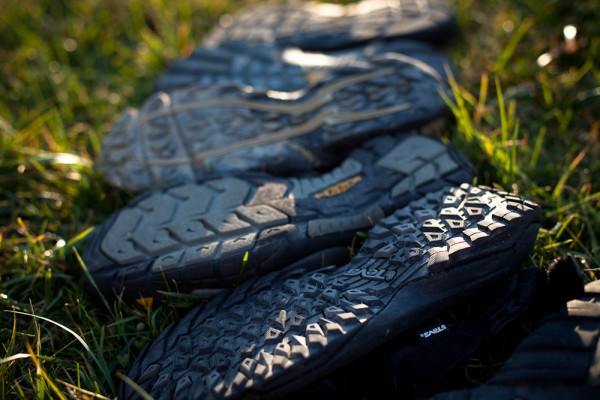
The good folks at Teva have clearly figured out a great solution. While some might scoff at their proprietary rubber compared to big name brands found on our other shoes, Teva’s rubber compound and their tread design far out-performed the competition. In the closed shoe category, we found the Teva Dozer to have the best traction, and without surprise we found the Teva Terra-Fi Lite to have the best traction of the entire category. Take a look at the sole of this bad boy; there’s no doubt this thing will stick to almost anything you’ll throw at it, and the traction will continue to serve over the lifetime of the shoe. Even as the aggressive tread pattern breaks down over time, the rubber compound acts like glue under even the most treacherous conditions.
Conclusion
That’s all that we have to say about sandals. We hope we could help you to figure out which is the best hiking sandal for your needs!

